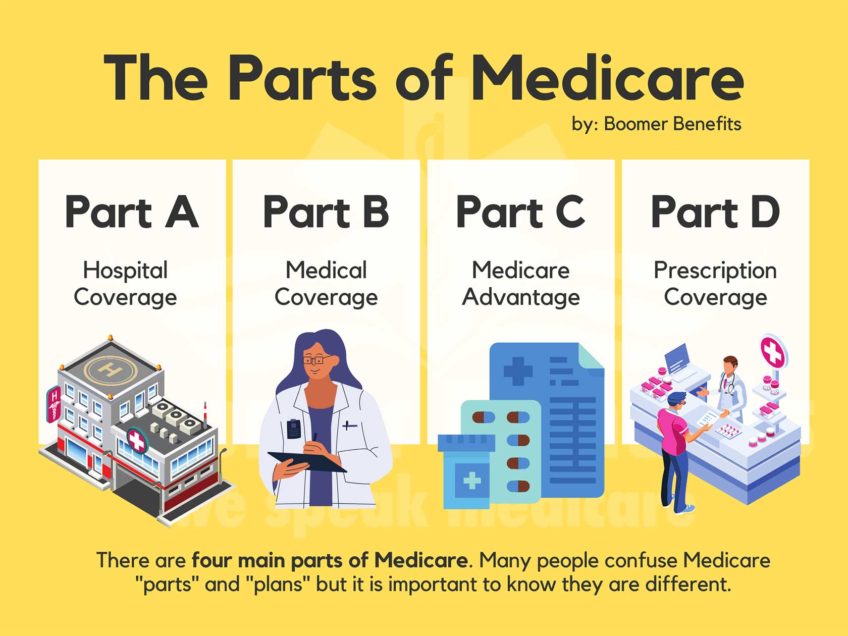
In the heart of Chelsea’s Latino community, a health center stands out for its social approach to health services.
At MGH Chelsea HealthCare Center, the Legal Initiatives for Kids (LINK) program combines health services with legal advocacy. The two-pronged approach is based on the idea that medicine can’t always do the job alone: When treating an asthmatic child who lives in a mold-infested house, for example, improving the landlord-tenant relationship can be just as important as prescribing a chest expectorant.
Children in low-income families have access to an array of services at LINK, ranging from counseling for disabilities to support in dealing with public housing and eviction hearings.
Laura Maslow-Armand, a member of the Lawyers Committee for Civil Rights, is the sole attorney at the health center, which she visits once a week. Despite her limited availability, LINK has helped more than 200 patient families since the program started in 2003.
Latinos made up 48 percent of Chelsea’s population in the 2000 U.S. Census — more recent estimates indicate that share may have risen by as much as 10 percentage points — and they benefit a lot from LINK, according to Maslow-Armand.
Recently, though, the city has received a vast influx of African and Middle Eastern refugees, who also have started to take advantage of the program’s offerings.
“We support a lot of immigrant families here. But the complications of some stories retard the resolving of problems,” said Maslow-Armand.
“Most of [the] refugee families come intact. It’s very rare to see an African family where the breadwinner is a single mother. That’s why we have more and faster results for the refugee families,” she added.
As of last year, 40 families had been offered public housing units through LINK — 19 of them were from Somalia. Eight were Latino, five hailed from Afghanistan, three were of Sudanese origin, two came from Iraq and one came from Congo. Two were made up of U.S. citizens.
Because all patients are referred by doctors, LINK doesn’t offer emergency treatment. A screening process picks the most complicated cases.
The lines between medical and humanitarian services are often blurred.
“In October of 2007, we attended [to] a family of refugees from Burundi. The father was 72, the mother [was] blind, and one of the daughters had cerebral palsy,” said Chantal Kayitesi, an African nurse whose knowledge of the Kirundi language is crucial for the program.
“Can you imagine somebody living in refugee camps for over 30 years? The daughter with cerebral palsy had always been in bed; now she got a wheelchair and is much better,” she said. “This family is blessed for having come to the U.S.”
Kayitesi also explained that although the family’s granddaughter was already seeing a pediatrician, the adult members benefited from having continuous access to a primary care physician.
Given its commitment to supporting low-income families, the LINK program could not be better placed.
According to a 2006 report released by the state attorney general’s office, 43 percent of Chelsea residents lived at or below 200 percent of the federal poverty line, earning no more than $36,200 per year for a family of four, and 62 percent are ethnic minorities. Also, nearly 40 percent of children under the age of 18 in Chelsea were living below the poverty line of $18,100 per year for a family of four.
The combination of those demographics and LINK’s resources has made the MGH center a popular destination: In fiscal year 2006, almost 25,000 people made a combined 139,706 visits.
Because of the myriad of cultural backgrounds of the patients who visit the health center, the medical staff has to be very culturally sensitive.
“Sometimes we notice that we filter the patients’ needs according to their country of origin. I help Cape Verdeans and Brazilians navigate the system,” said Leandro Porto, an outreach worker and Portuguese medical interpreter who sees about 30 patients per week.
“When the ‘no’ answer comes from us, [from] somebody who is part of their own culture, patients tend to accept [the answer] more easily,” Porto said.
The idea of establishing a medical and legal collaboration to better treat children was first tested 16 years ago by Barry Zuckerman, chief of pediatrics at Boston Medical Center.
“I started the program out of my frustration at seeing children suffer because of unmet basic needs — food, housing safety and access to services, including appropriate education,” said Zuckerman.
Then called the Family Advocacy Program, it grew to become what is now the Medical Legal Partnership for Children, an initiative that has been disseminated to 40 pediatric centers across the country and six health centers in Boston.
In Massachusetts, several organizations follow that model, including two of the most active advocates for immigrant patients in the metropolitan region west of Boston: MetroWest Legal Services and Wayside Youth and Family Support Network.
The more medical and advocacy organizations work with underserved communities, the more doctors and lawyers support each others’ work. Not only do attorneys become familiar with clients’ medical needs, but doctors become alert to the social aspects of health.
For instance, explained attorney Maslow-Armand, doctors now are aware that for a low-income family, living in public housing — as opposed to market-rate housing, which would cost more in rent — can result in less stress and, as a consequence, an improvement in overall health.
“Patients will only pay a third of their income in rent [in public housing], as opposed to running the risk of been evicted if they don’t pay,” said Maslow-Armand.
The other benefits that patients experience — such as increased ease of cultural assimilation — are encouraging, too.
“It feels very rewarding when I see a lot of Somali children speaking … English,” said Maslow-Armand. “There is an enormous social mobility for these families who come to the U.S.”


![Banner [Virtual] Art Gallery](https://baystatebanner.com/wp-content/uploads/2024/04/Cagen-Luse_Men-at-store-e1713991226112-150x150.jpg)



